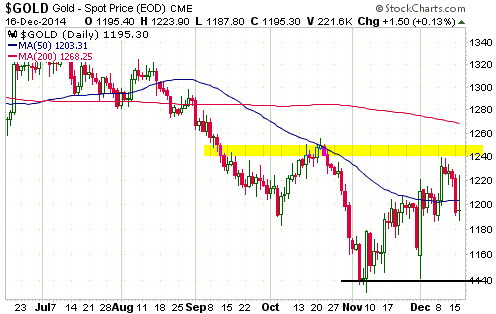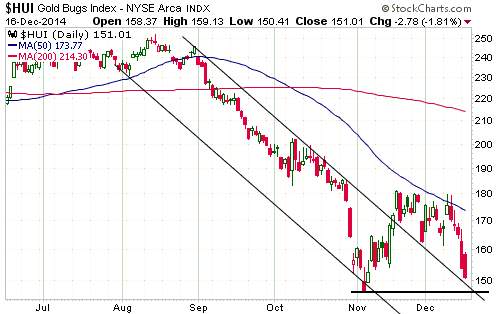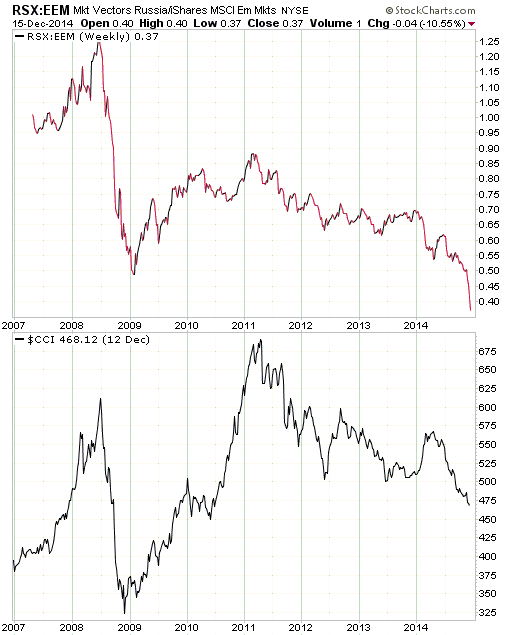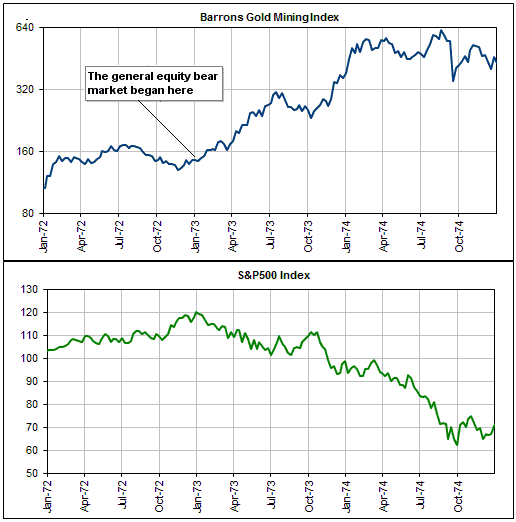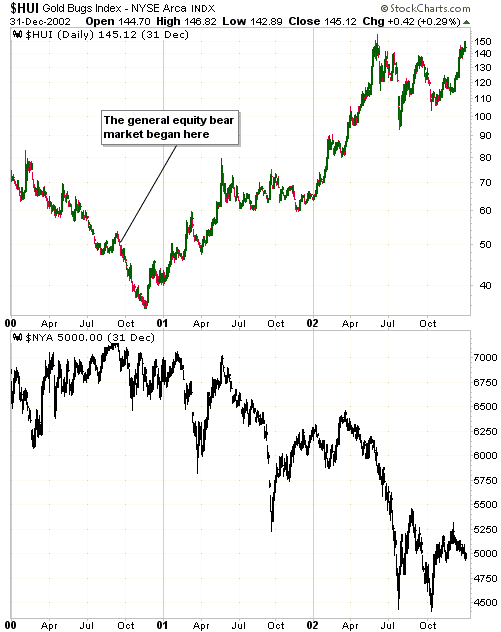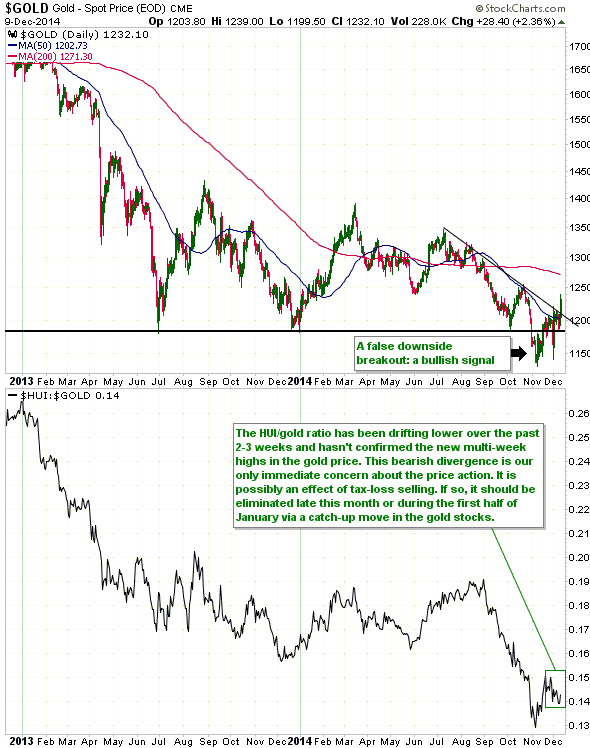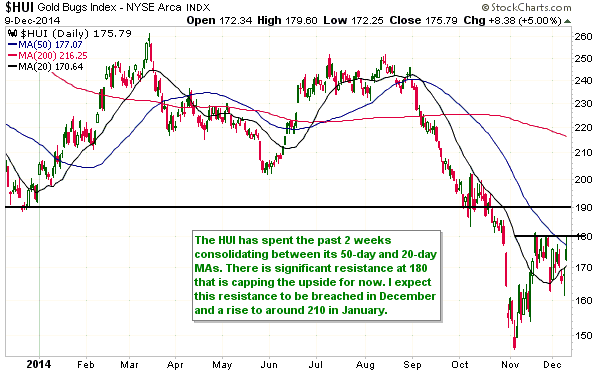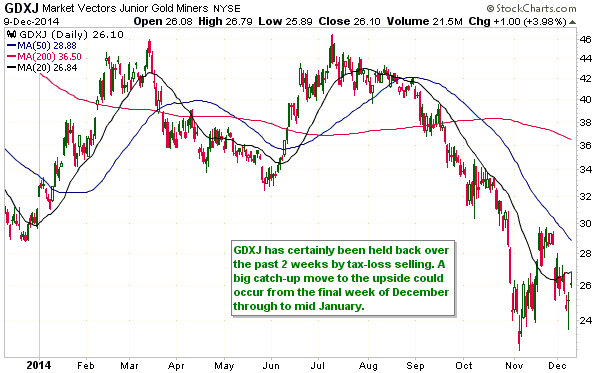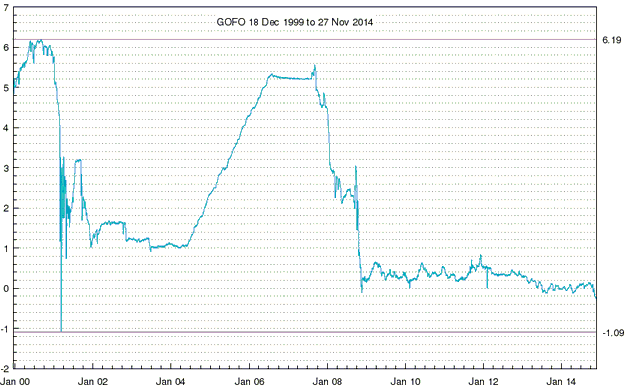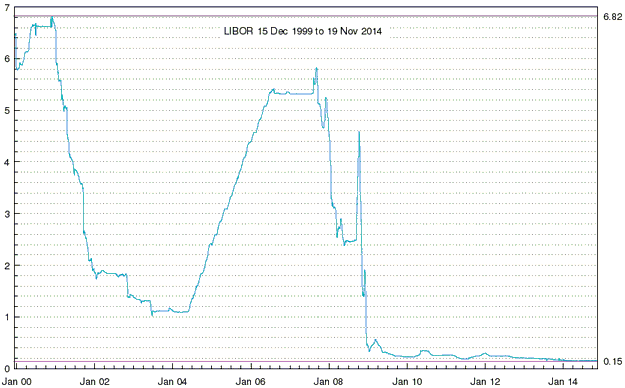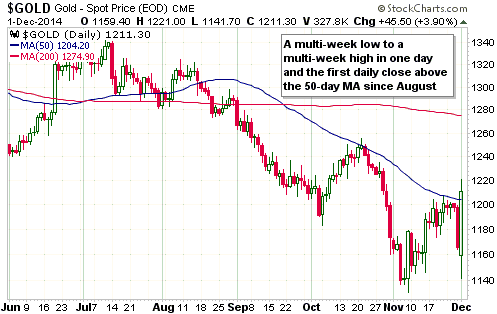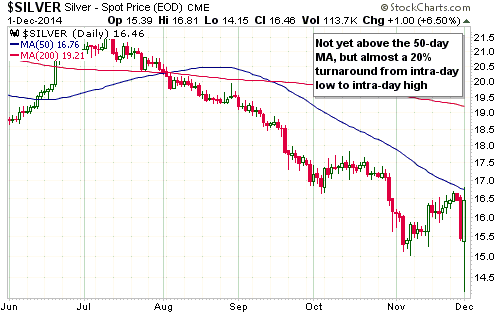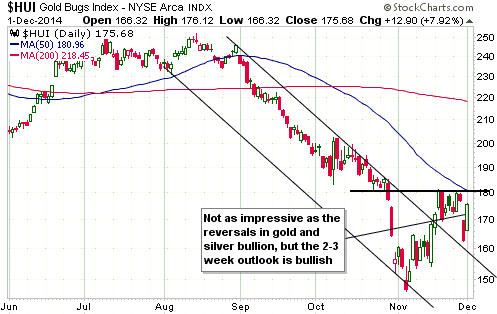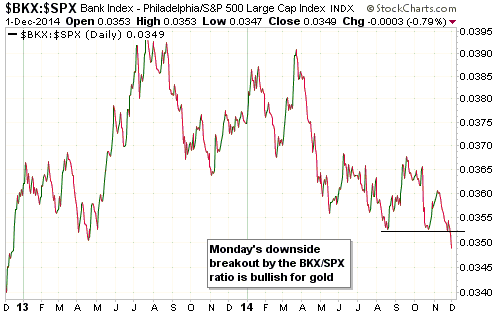A couple of weeks ago I posted some information about the “Great Depression of 1873-1896″ to make the point that there was no depression, great or otherwise, during this period, but that the period did contain some financial crises/panics. Paul Krugman and others have blamed these financial crises on the Gold Standard, but, as explained in a well-researched article by Brian Domitrovic, the financial crises of the 1800s had similar causes to the financial crises of the 1900s and 2000s: monetary inflation and government meddling. Here are the last few paragraphs in the aforelinked article, dealing with the financial crisis and economic recession of the early-to-mid 1890s:
“It is perfectly clear what caused both the huge run-up in output numbers from 1890-92, as well as the tremendous stress on the banking and credit system that led to the drying up of investment and the shuttering of factories in 1893 and beyond. The United States, in 1890, decided to traduce the gold standard.
1890 was the year in which Congress made two of its most intrusive forays into monetary and fiscal policy in the years before the creation of the Fed and the income tax in 1913. It authorized the creation of fiat money to the tune of nearly five million dollars a month, and it passed a 50% increase in tax rates in the principal form of federal taxation, the tariff.
The monetary measure came care of the Sherman Silver Purchase Act, whereby the United States was mandated to buy, with new paper currency, an additional 4.5 million ounces in silver per month. The catch: the currency that bought the silver had to be redeemable to the Treasury in gold too.
Silver-mining interests in Nevada and elsewhere had conned (and surely bribed) Congress into this endeavor. Knowing that their extensive silver was worth little, what better way to cash in on it than get a piece of paper that says the silver can be exchanged for gold, government-guaranteed?
The cascade of new money caused an asset bubble, the tariff made sure the bubble was especially deformed, and the most extended recession of the pre-1913 period hit. The United States, needless to say, ran out of gold to back all the extra currency. J.P. Morgan had to float a gold loan to bail out his pathetic government. With the private banking system devoting its resources to propping up the United States, the market got starved of cash, and the terrible recession came.
In our own era, the Fed prints excess dollars without concern that they be redeemable in gold. Which means that our capital misallocation is extensive and long-term, our recessions are long and deep, our growth trend is shallow, and our complacency about how right we are in contrast to the benighted past is callow and pitiable.”
 Print This Post
Print This Post

